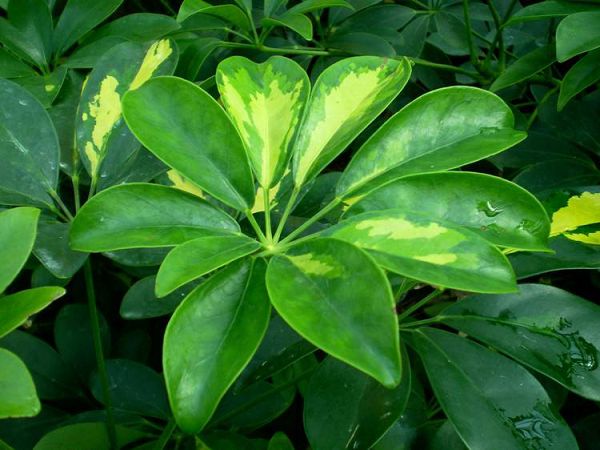Fertilizer and water management of flowering and fruiting plants in autumn

Many flowers and plants blossom and bear fruit in autumn, and this is also the time when flowers and plants need nutrition most. Today we will introduce them.
1. Pruning reasonably except flowers that bloom in early spring, most flowers, such as jasmine, crape myrtle and pomegranate, can be pruned and shaped in autumn, which can reduce the consumption of nutrients in winter and increase the number of potted flowers in the following year. Remove diseased branches, withered branches, over-dense branches and overgrown branches when pruning, so as to lay a good foundation for potted flowers to survive the winter.
2. Breeding and low temperature in autumn, some biennial flowers, such as pansy, carnation, melon and leaf chrysanthemum, hollyhock, etc., are good time to sow seeds. Pay attention to spraying water after sowing to keep the soil moist. There are some woody flowers suitable for cutting in autumn, such as rose, geranium, jasmine, etc., with a higher survival rate in autumn. Perennial root flowers that need ramets for dense growth, such as peony and peony, should be propagated in time. Flowers that bloom before and after the Spring Festival, such as hyacinth, tulips, Zhu Dinghong, etc., should be put on the pot as soon as possible.
3. The time of entering the house in time for potted flowers can vary according to different flowers. Fusang, poinsettia, begonia, cyclamen, jasmine, colourful leaf grass, tortoise back bamboo and other warm flowers and trees should be moved into the room when the temperature is 10 ℃, while orchid, asparagus, one-leaf orchid, goose palm wood, rubber tree, etc., should also be moved indoors at 5 ℃. It is better for most flowers to enter the house in front of Frosts Descent.
4. Some light-loving woody flowers that bloom in summer, such as jasmine, Fusang, Jiuli incense, etc., should still be placed in a sunny place, so that the plants can fully receive light, so that the leaves can better carry out photosynthesis and provide nutrients in a timely manner. promote the maturity of branches in the current year, so that they can survive the winter safely, and ensure that flowers and leaves flourish in the following year. Potted flowers such as rhododendron, magnolia, cyclamen, poinsettia and crab claw orchid that bloom before and after the Spring Festival should also be placed in a sunny place and receive full sunshine, otherwise the flowering period will be delayed or even will not bloom. Generally, foliage plants are more shade-tolerant and can provide some light appropriately to avoid direct light at noon.
5. Proper water and fertilizer for flowers began to control the amount of water in early October and stop fertilizing, so as to avoid rotting roots and causing branches and leaves to grow and affect overwintering. Flowers that bloom before and after the Spring Festival, such as cyclamen, orchid, crab claw orchid, rhododendron, etc., have passed the dormant period and began to enter the peak growing season, so the management of fertilizer and water should be strengthened from autumn to Spring Festival, and appropriate application of phosphorus and potassium fertilizer can be added to facilitate the formation of flower buds.
- Prev

Techniques for promoting the viability of flower rose seedlings
Techniques for promoting the viability of flower rose seedlings
- Next

Several kinds of flowers suitable for sowing in winter, when should we wait if we don't plant them at this time?
Several kinds of flowers suitable for sowing in winter, when should we wait if we don't plant them at this time?
Related
- What if the leaves of potted flowers turn yellow?
- Florescence Control of several Flowers
- Anti-freezing technology and post-freezing nursing technology of flowers
- What is the classification of flowers? What are the common methods of flower classification?
- Prevention and control of alkali and acid damage of flowers in courtyard
- Technology of Anti-freezing and restoring growth of Flower seedlings in greenhouse and greenhouse
- How does flower fertilization not hurt the root? Fertilization technology of flowers
- Key points of disinfection in flower greenhouse
- Several pesticides that are banned or used cautiously in flowers
- How to fertilize the flowers that watch the leaves?

